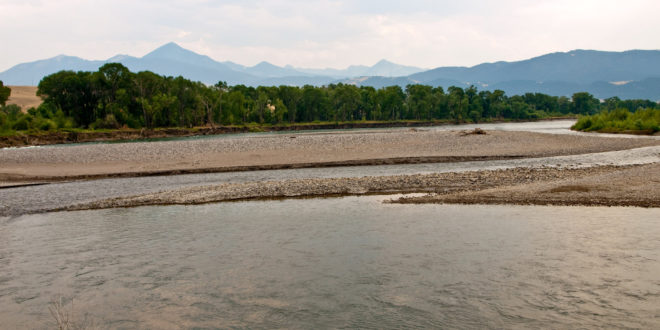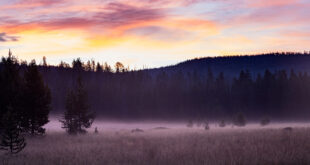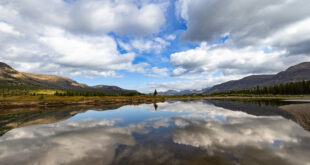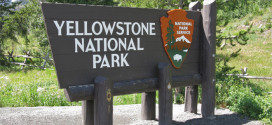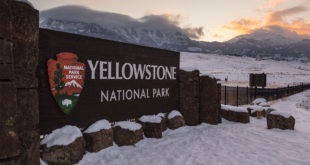Officials have confirmed the same parasite that felled thousands of whitefish in the Yellowstone River last year is present in the current spate of fish deaths.
Last week, we reported nearly 80 dead fish, mostly whitefish, had turned up during floats by the Montana Fish, Wildlife and Parks agency outside Livingston, Montana. Later in the week, 18 more dead whitefish were found between Mallard’s Rest and Pine Creek.
According to the Bozeman Daily Chronicle, although proliferative kidney disease (PKD), caused by a jellyfish-like parasite, was present in the batch of dead whitefish, officials say this year’s fish kill has been relatively mild. Indeed, officials previously predicted this year would see no major fish kill, owing to better river conditions and a heavier winter. From the Chronicle:
“Even though PKD was present, it’s clear that this year’s outbreak is far less than what we saw last year,” Eileen Ryce, FWP’s fisheries administrator, said in the release.
After receiving reports of dead fish on the Yellowstone downstream of Livingston, FWP sent staffers to search for the fish. On their first two floats — between Livingston and Springdale — they found a total of 76 whitefish. A float a few days later turned up a similar number of fish.
Floats through the Paradise Valley — from Grey Owl to Mallard’s Rest — turned up even fewer fish. On a float there on Wednesday, FWP found 13 dead whitefish and two dead suckers.
Officials sent tissue samples for testing out-of-state, with FWP officials cautioning that, even if the cause is the same, this year’s fish kill has been minimal. Outfitters, recreationists, conservationists and other interested parties are still leery of the FWP after they closed portions of the river last August, something officials have said won’t be necessary this year.
In the aftermath of last year’s fish kill, residents and officials have attempted to come together and address the river’s future. Indeed, at a symposium held earlier this year in Livingston, stakeholders discussed ways to ameliorate conditions in the Yellowstone River and ensure water rights are maintained.
Besides the aforementioned tensions between officials and recreationists, there was tension apparent between outfitters and agriculturists who use Yellowstone River water to irrigate their crops.
Looking ahead, FWP officials and the newly formed Upper Yellowstone River Partnership are looking at ways to avoid disastrous fish kills and river closures in the future.
 Yellowstone Insider Your Complete Guide to America's First National Park
Yellowstone Insider Your Complete Guide to America's First National Park
